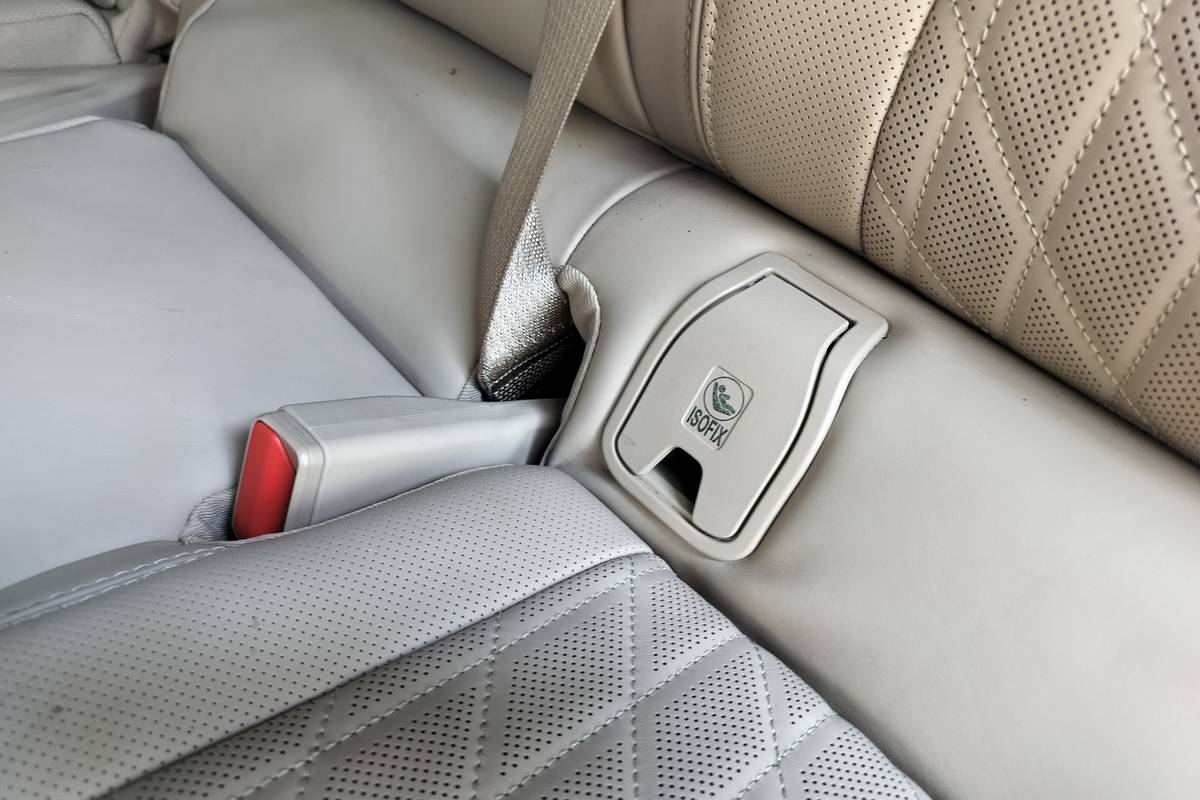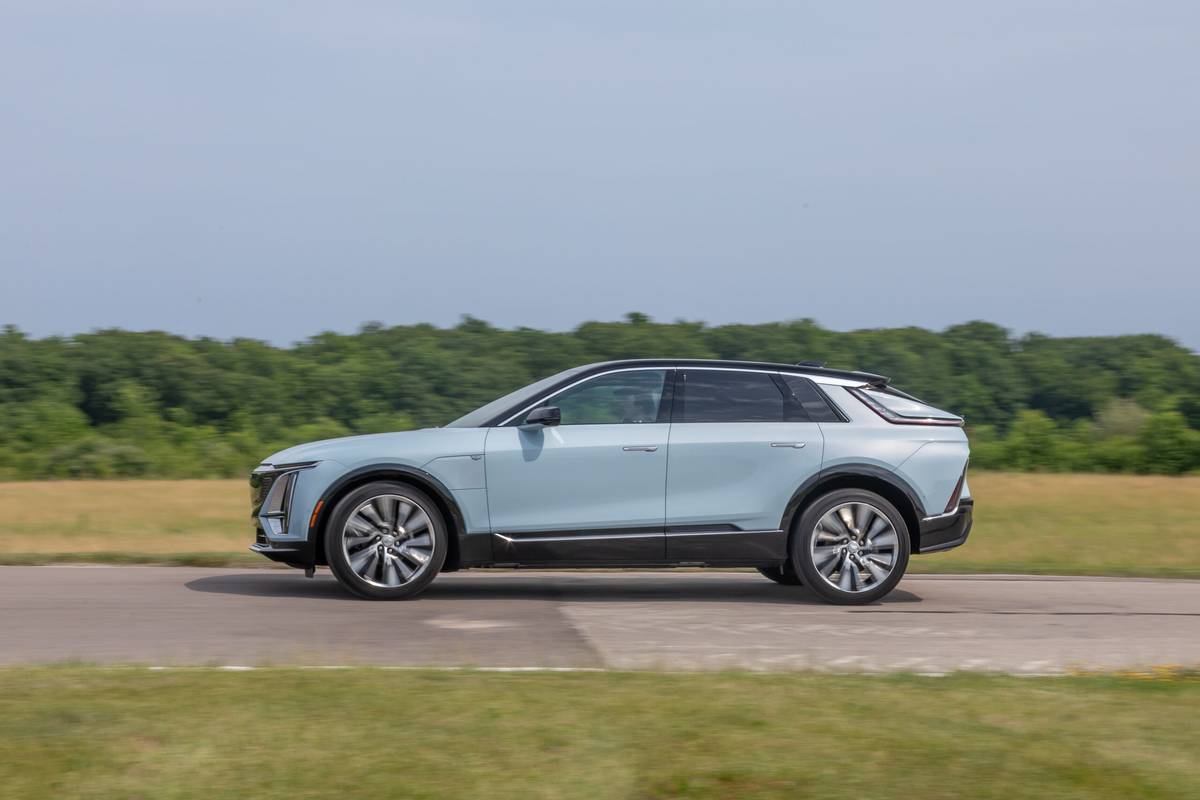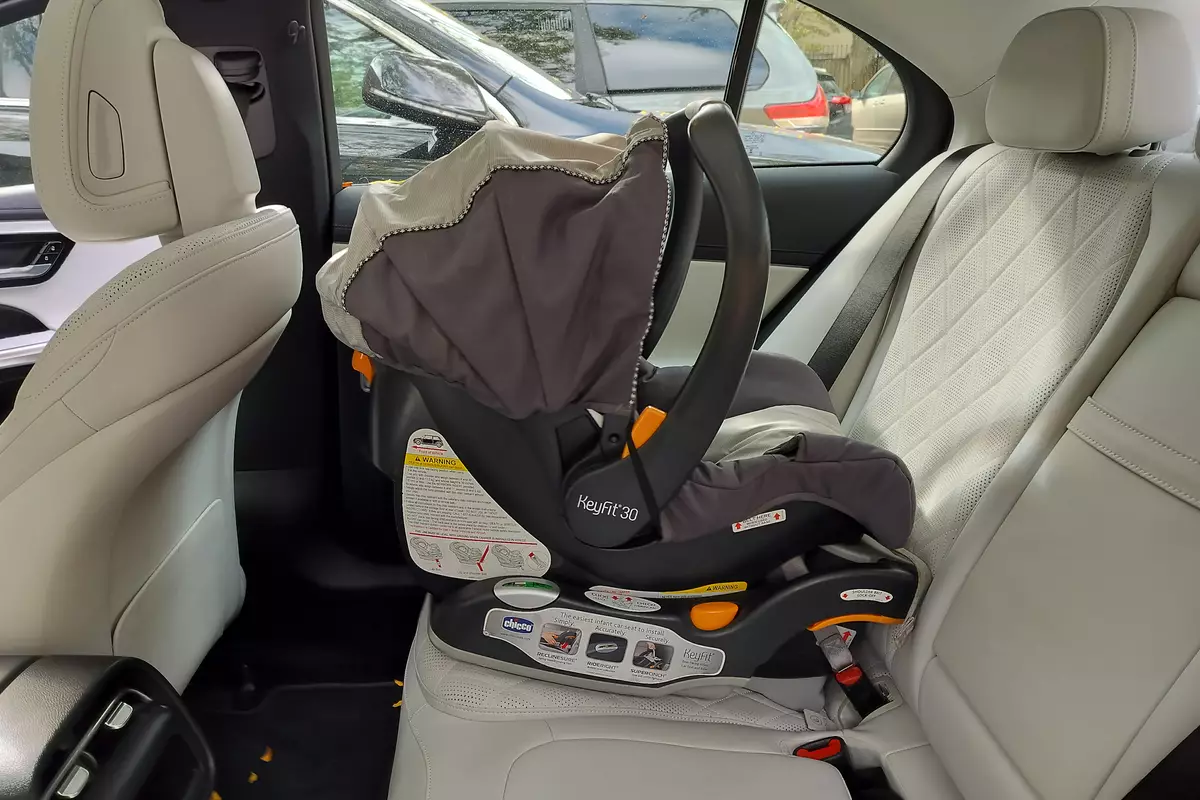IndyStar.com's view
In a time in which there is no dearth of sport utility vehicles, Honda comes forth with an all-new SUV that is one of the most interesting and innovative ever offered.
The 1997 Honda CR-V represents the first Honda-designed and engineered SUV. It’s also a vehicle that decidedly goes its own way.
It has the expected fundamental features, such as a high-tech engine, four-wheel drive, and comfort and convenience accessories. But Honda’s engineers have gone that extra step in creating an SUV that represents the latest in ingenuity.
The five-seater is mounted on a wheelbase of 103.2 inches and has 177.6 inches of overall length.
To accommodate maximum convenience within the confines of this space, there is a center walkway to the rear seats. Further convenience is enhanced by having the seat height at hip level so that driver and passengers do not have to climb over or slide over the seats to get in and out.
But where the CR-V really comes to the fore is in its engine, transmission, four- wheel drive and suspension areas.
The engine is a 2.0-liter (120.2-cubic inch/1,972 c.c.) double-overhead cam, 16-valve, four-cylinder motor. This certainly is a known configuration, but Honda does it with a difference.
In order to achieve as much interior passenger space as possible, Honda designed the 2.0-liter engine around the parameters of a smaller 1.6-liter motor.
A new cylinder-block-casting process was developed in which all four cast iron cylinder bores are cast as one compact joined unit, and then an aluminum-alloy outer cylinder block is cast around it.
Conventional methods use individual cylinder liners.
By using a technique that Honda says is the world’s first mass-produced quad-sequential sleeve engine block, short exterior dimensions of 16.14 inches in length and 8.4 inches in height have been achieved. Weight is 321.7 pounds.
The engine lies well within the performance benchmark of 1-horsepower per cubic inch with its power rating of 126-horsepower. Torque is 133 foot-pounds.
There is no manual gearbox offered. The transmission is an advanced four-speed automatic designed to enhance management of the vehicle’s four-wheel drive system.
Honda calls its transmission “Real Time 4WD,” a system that sends power to the rear wheels only when there is insufficient traction for the front wheels.
The heart of the system is a dual hydraulic pump unit. One pump is driven by the front wheels via an offset propeller shaft. The other is driven by the rear wheels via the rear differential.
In operation, when the front and back wheels turn at the same speed, as on dry pavement, there is no hydraulic fluid pressure differences generated between the two pumps. If the front wheels begin to slip, the front pump begins to generate more pressure than the rear.
The resulting hydraulic pressure opens a valve that feeds pressure to a multi-disc clutch. The clutch hooks up the propeller shaft to the rear differential and the differential feeds th e power to the rear wheels.
The greater the amount of front wheel slippage, the greater the amount of driving torque fed to the rear wheels.
Another advantage of the dual pump system is that unlike conventional systems, Real Time automatically disengages under braking, thereby allowing an optional ABS (anti-lock braking) system to be engaged.
Suspension-wise, Honda says the CR-V is the only SUV to use double-wishbone suspension on all four wheels. It results in a wide track for increased stability and a car-like ride.
While they were at it, designers included air, stereo, power door locks, windows and mirrors, cruise control, and a rear window wiper/washer as standard. There even is a fold-out picnic table that doubles as the rear cargo compartment floor.
You might expect this to be an expensive proposition in an SUV, but Honda has a manufacturer’s retail price of $19,300 forthe vehicle. With an option package of ABS and alloy wheels, the suggest retail price is $20,300.
Latest news



